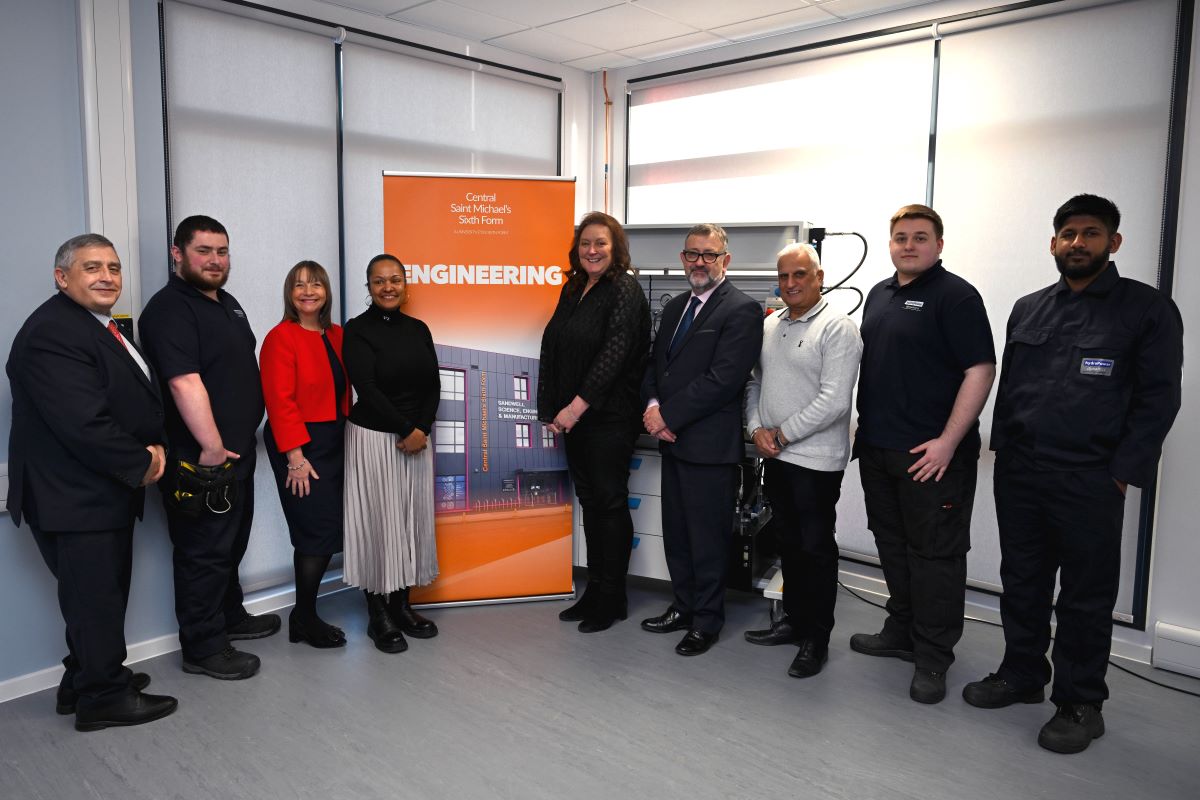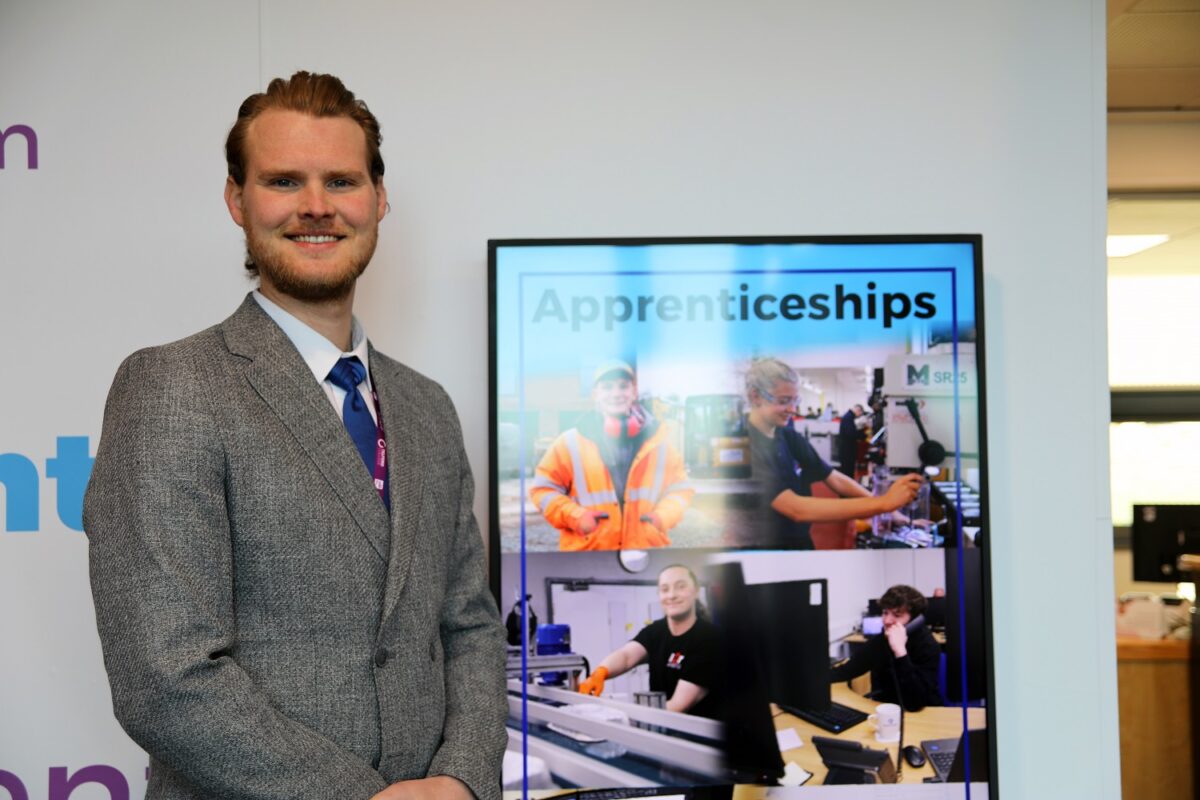The Future of Learning: Micro-Learning, AI, and the Fourth Industrial Revolution

The Fourth Industrial Revolution is transforming the way we work and learn, creating unprecedented demand for new skills. This article explores the role of micro-learning, micro-credentials, and AI in addressing these challenges, while examining how they can support NEETs, the economically inactive, and employers. It also highlights the need for FE colleges to adapt and collaborate to keep up with rapid changes.
The Fourth Industrial Revolution is changing how we live, work, and learn at an astonishing pace. Powered by breakthroughs in artificial intelligence (AI), robotics, and the Internet of Things (IoT), this transformation is forcing education and training systems to evolve quickly to prepare people for the demands of a dynamic workforce. Micro-learning, micro-credentials, and AI are becoming essential tools in meeting these demands, particularly for the further education (FE), skills, and learning and development (L&D) sectors. However, addressing the unique needs of NEETs (not in education, employment, or training) and the economically inactive while supporting employers adds another layer of complexity.
Skills gaps are no longer a future concern; they are a pressing reality
The World Economic Forum predicts that 50% of all employees will need reskilling by 2025 due to automation and technological advancements. Skills gaps are no longer a future concern; they are a pressing reality. Employers increasingly demand skills in AI, data analytics, cybersecurity, digital marketing, and green technologies. Soft skills such as adaptability, collaboration, and emotional intelligence are equally critical, especially in roles where human interaction complements technology.
FE colleges and L&D professionals must embrace agility to keep up with these needs. Traditional, time-intensive qualification pathways are insufficient when the demand for new skills arises almost overnight. This is where micro-learning and micro-credentials come into play.
Micro-Learning and Micro-Credentials: A Flexible Approach
Micro-learning involves delivering education in bite-sized, focused segments. It is characterised by short lessons, interactive formats, and immediate application, making it ideal for time-poor learners and fast-paced industries. For instance, a worker in retail may access a 10-minute video on managing digital point-of-sale systems, acquiring actionable skills in a short time.
Micro-credentials certify specific skills or knowledge, often gained through micro-learning. Unlike traditional qualifications, micro-credentials are flexible, stackable, and can align closely with industry demands. Platforms such as Coursera, LinkedIn Learning, and FutureLearn have capitalised on this model, partnering with industry leaders to offer certifications in high-demand areas.
For FE colleges and Independent Training Providers, adopting micro-credentials offers a competitive edge. Colleges can partner with local employers to co-design courses addressing specific skill shortages. For example, a college could develop a micro-credential in sustainable construction practices in collaboration with regional building firms. Another example could be creating a micro-credential for digital marketing strategies, designed in partnership with local start-ups and agencies to address the rising demand for social media and online campaign expertise.
The Role of AI in Education and Training
AI is transforming education and training in three significant ways:
- Personalisation: AI-driven platforms analyse learner data to tailor content, ensuring that individuals receive support suited to their skill level and learning pace. This personalised approach boosts engagement and outcomes.
- Scalability: Virtual tutors and AI-powered learning management systems enable institutions to scale high-quality education to large numbers of learners without compromising effectiveness.
- Skills Matching: AI tools like LinkedIn Skills Insights and Burning Glass Technologies analyse labour market trends to identify emerging skills, helping educators align curriculums with industry needs.
AI also has immense potential to support NEETs and the economically inactive. For instance, career-matching algorithms can identify suitable roles based on an individual’s skills and interests, while AI-powered apps provide accessible upskilling opportunities tailored to their unique circumstances.
Supporting NEETs and the economically inactive
The economically inactive and NEET populations often face complex barriers, including lack of confidence, limited digital skills, and disconnected support networks. Tackling these challenges requires a multi-pronged approach:
- Accessible Training: Micro-learning and online platforms reduce geographical and financial barriers. For example, free or low-cost courses on platforms like Khan Academy or Google Career Certificates can provide an entry point.
- Targeted Outreach: AI can identify NEETs through data analysis and engage them with personalised training pathways and employment opportunities. Artificial intelligence technologies can use advanced data analytics to find patterns and insights in large datasets. In this context, AI analyses demographic, employment, and educational data to identify individuals who are not in education, employment, or training. By pinpointing this group, AI can help organisations and governments design tailored interventions, such as personalised learning pathways, skills development programmes, or career guidance. It enables targeted outreach to address the specific barriers NEETs face, improving their chances of entering education or the workforce.
- Holistic Support: Collaboration between colleges, employers, and community organisations is critical. Wraparound services such as mentorship, mental health support, and childcare provision can address non-academic barriers to learning and employment. An example of this in action is the P-Tech Program initiated by IBM, which partners with schools and community colleges globally to offer students pathways to technology careers. The programme includes mentorship, internships, and a curriculum aligned with industry needs, addressing skills gaps and economic inactivity.
Employer Collaboration: A Win-Win Solution
Employers play a central role in addressing skills gaps. Partnering with education providers ensures that training aligns with real-world demands. Apprenticeships, industry placements, and co-developed micro-credentials can bridge the gap between education and employment. For example, organisations like PwC have successfully integrated such models into their hiring practices through initiatives like the Flying Start degree programme. This programme integrates academic learning with practical, paid work placements in PwC’s audit teams. Students graduate with both a degree and significant work experience, providing a fast track to becoming a qualified chartered accountant.
Employers and educational institutions can collaborate to align training with workforce needs, creating a direct pipeline from education to employment. Employers can also adopt micro-learning and AI to upskill their workforce, fostering internal talent mobility. An AI-powered learning platform could recommend courses to employees based on their career goals and organisational needs, creating a dynamic learning culture.
Future Trends: What’s Next?
- Nano-credentials: Building on the micro-credential concept, nano-credentials could certify even smaller skill sets, enabling ultra-targeted training. For example, in the UK, City & Guilds offers ‘Digital Badges’ that validate discrete skills such as email marketing or basic coding, which learners can stack to build a broader portfolio of expertise.
- AI-Driven Mentorship: Virtual mentors, powered by AI, could provide real-time guidance and feedback to learners, enhancing both the learning experience and skill application. For example, the Indian government’s National Digital Educational Architecture (NDEAR) utilises AI-driven mentorship platforms to provide personalised learning and career guidance to students, addressing skill gaps and improving outcomes on a large scale.
- Immersive Technologies: Virtual reality (VR) and augmented reality (AR) will become more prevalent in training, offering hands-on experience in a virtual environment. For instance, Walmart has implemented VR training modules for their employees to simulate customer interactions and emergency scenarios. Similarly, a trainee mechanic could practise engine repairs in a VR simulation before working on a real vehicle.
- Blockchain for Credentials: Blockchain technology could secure and verify micro-credentials, making them easily shareable and universally recognised by employers. For instance, the Massachusetts Institute of Technology (MIT) has implemented a blockchain-based credentialing system that allows students to securely share their diplomas and certificates with employers, ensuring authenticity and reducing fraud.
- Lifelong Learning Ecosystems: Platforms integrating AI, micro-learning, and nano-credentials will foster lifelong learning, allowing individuals to continually adapt to new challenges and opportunities. For example, Duolingo is a global platform that exemplifies this concept by using AI to deliver personalised, gamified language learning. It enables users to continuously build skills at their own pace, with AI-driven feedback and incentives to maintain engagement.
Call to Action for FE, Skills, and L&D Sectors
To thrive in the Fourth Industrial Revolution, education providers must embrace innovation and agility. FE colleges, L&D professionals, and employers need to:
- Invest in micro-learning and micro-credential platforms to meet fast-evolving skills demands.
- Leverage AI to personalise learning and align training with labour market needs.
- Collaborate to create accessible pathways for NEETs and the economically inactive, ensuring no one is left behind
- Champion lifelong learning by fostering a culture of continuous professional development.
By taking these steps, we can ensure that our workforce is not only prepared for today’s challenges but is also equipped to thrive in the future. The Fourth Industrial Revolution is here, let’s make it a revolution of opportunity for all.
By Hannah Young FCCT, Director of Education at thinkfour











Responses